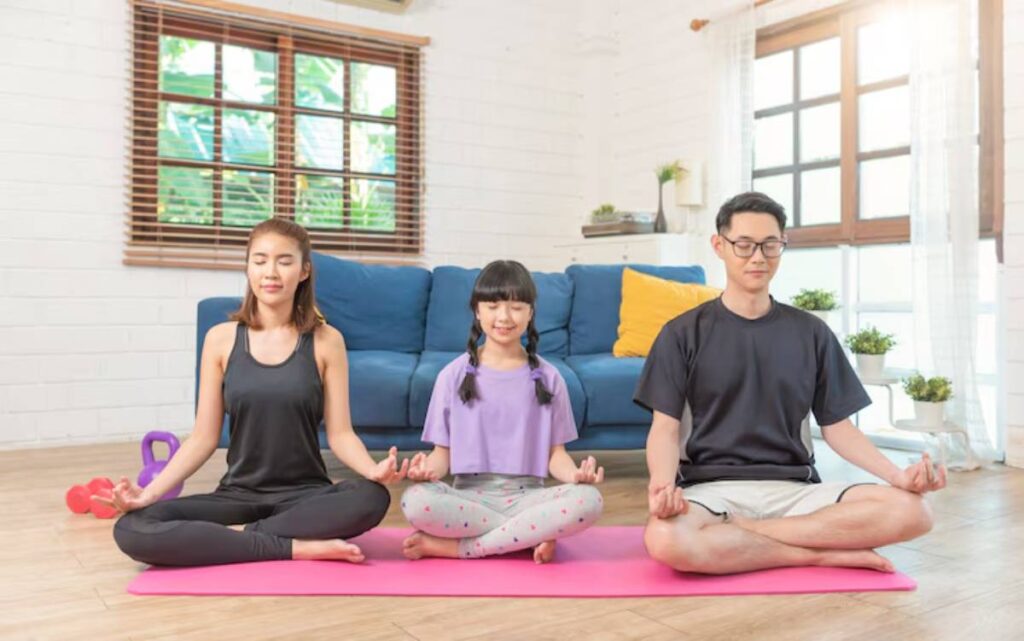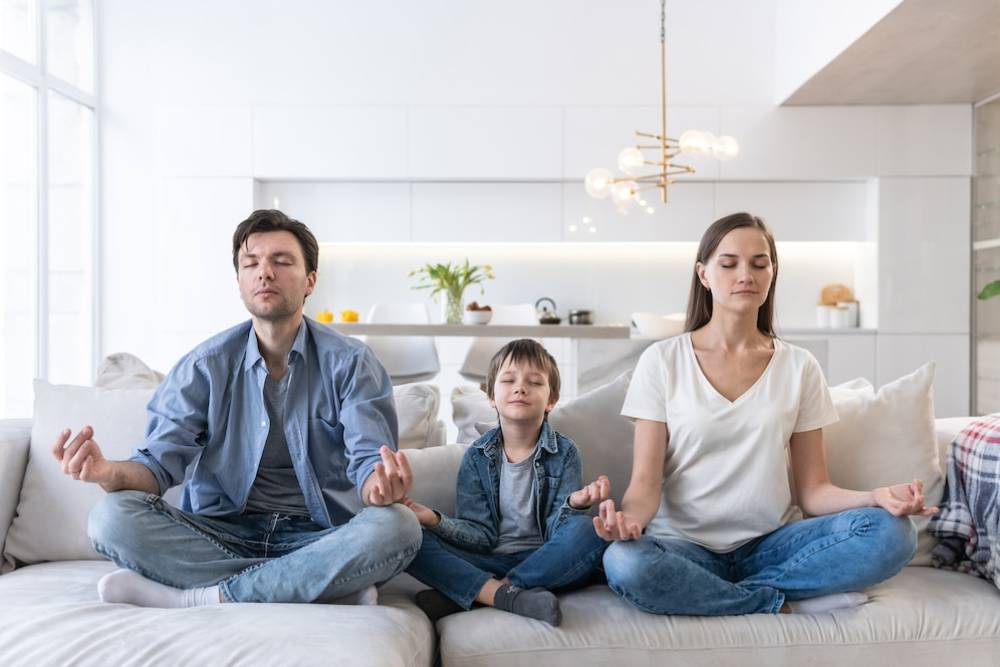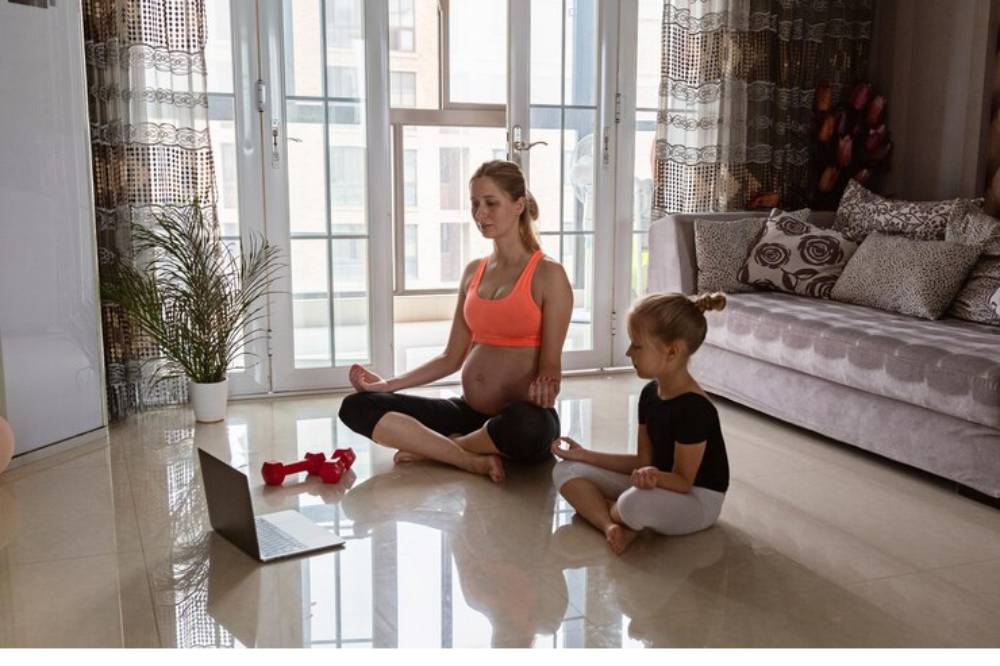The Health & Wellness Blog

Incorporating Mindfulness into Daily Family Routines
In today’s busy world, families juggle many responsibilities. They balance work, school, household tasks, and social obligations. In all this constant motion, we can forget the present. This may cause stress, disconnection, and burnout. Yet, nestled within this chaos lies an opportunity: mindfulness practice.
Mindfulness, at its core, is the act of paying deliberate attention to the present moment, with openness and without judgment. This practice becomes deeper when applied to family life. It turns into family mindfulness. This idea isn’t about adding more to your day. It’s about changing your current routines. You can do this to promote connection, empathy, and emotional well-being.
Adding mindfulness to daily family routines helps everyone feel less stressed, communicate better, and bond more deeply. This blog will look at why mindfulness matters in family life. It will share helpful tips for adding mindfulness to daily routines. Plus, it will explain the long-term benefits of a mindful home.
Why Family Mindfulness Matters

The Relevance of Mindfulness in Modern Family Life
In today’s digital era, families often operate on autopilot. They move from one task to the next without pausing to reflect or connect. This constant motion limits meaningful interaction. But this interaction is key for building healthy relationships and emotional security. Mindfulness helps break this cycle by encouraging individuals to slow down and fully engage with each moment.
Scientific research has consistently highlighted the psychological benefits of mindfulness. It helps regulate emotions, improve concentration, and reduce anxiety and depression. When introduced within a family setting, these benefits multiply. Parents respond better and react less. Meanwhile, children gain important skills for handling their emotions and dealing with stress.
Furthermore, mindfulness nurtures qualities such as empathy, patience, and compassion. These are key for personal growth and for creating strong, supportive family ties. By cultivating a mindful environment, families create a space where each member feels seen, heard, and valued.
Everyday Examples of Mindful Moments
You don’t need a yoga mat or a meditation cushion to practice mindfulness. In fact, some of the most powerful mindful moments arise during ordinary routines. Take, for example, family mealtimes. Rather than watching TV or scrolling through phones, families can turn dinner into a shared, mindful experience. Focusing on the taste, texture, and aroma of food helps create a special mealtime ritual. When we listen to each other, it strengthens our communication and connection.
Similarly, bedtime routines can be transformed into calming rituals. Families can replace rushing through brushing teeth and tucking in with storytelling, gentle stretches, or breathing exercises. These activities not only help children wind down but also signal a safe and loving transition into rest.
Morning routines also offer opportunities for mindfulness. Parents and kids can kick off the day by setting intentions, practising gratitude, or doing a quick mindfulness meditation together. This simple act can set a positive tone for the entire day ahead.
Practical Tips and Common Pitfalls
Best Practices for Integrating Mindfulness into Family Life
- Start Small and Simple: Many people think mindfulness needs long periods of stillness or silence. In reality, even a few minutes a day can make a significant difference. Begin with small actions, such as pausing to take a few deep breaths before meals or reflecting on one thing you’re grateful for each evening.
- Create Mindful Rituals: Routines give us structure. When we add mindfulness, they turn into chances for growth. Set specific times for mindfulness, like “Mindful Monday mornings” or “Thoughtful Thursdays.” This helps make mindfulness a regular and fun part of your family routine.
- Make It Age-Appropriate: Tailor mindfulness activities to suit your children’s ages and interests. Younger kids may like mindfulness through play, nature walks, or calming sounds. Older kids might prefer journaling or short meditations.
- Model the Behaviour You Want to See: Children learn most effectively by observing the adults around them. When you show mindfulness in what you do, you teach your kids the importance of being present. These practices include listening actively, managing emotions, and taking care of yourself.
- Celebrate Progress, Not Perfection: Mindfulness is not about getting it right every time. It’s about showing up and trying, even on the difficult days. Celebrate small wins. Enjoy a calm chat when things get tough. Also, notice a child practising a breathing technique on their own.
Common Mistakes to Avoid
- Expecting Immediate Transformation: Hoping for a quick change is normal. It is especially true when life gets tough. However, mindfulness is a long-term commitment that evolves over time. The key is consistency, not speed.
- Being Too Rigid or Formal: Families thrive when mindfulness feels natural and enjoyable. It should not be forced or rigid. Avoid turning the practice into another chore. Instead, keep it light-hearted and flexible. For example, playing a “mindful listening” game during a car ride can be valuable as a guided meditation.
- Overlooking Individual Differences: Not all family members will connect with the same mindfulness activities. Be open to experimentation and respect each person’s preferences. Some may prefer movement-based mindfulness, like yoga or walking. Others may gravitate towards stillness or creative outlets.
Advanced Insights and Expert Advice
Going Beyond the Basics
Mindfulness-based therapies can deeply benefit families eager to enhance their practice. Apps like Headspace, Calm, and Insight Timer offer guided meditations for families. These can be useful tools to support a regular practice, especially for beginners.
Another enriching activity is family yoga. Many yoga studios and online platforms have family-focused sessions. These sessions are fun and relaxing. Yoga combines movement with breath and awareness, making it a holistic way to connect both physically and emotionally.
Some families benefit from mindfulness workshops or retreats. These events offer a deeper experience. These events usually have fun activities for everyone. They let families and mindfulness teachers connect with each other.
Creating a Mindful Home Environment

A calm physical environment can support a calm mental state. Consider creating a dedicated mindfulness space within your home. You don’t need anything fancy. Just find a quiet spot with a few cushions, soft lights, and calming items like a singing bowl or essential oils. Encourage family members to retreat to this space whenever they need a moment to reset or reflect.
Mindful decor can also help set the tone. Put positive affirmations on the wall. Create family gratitude boards. Use calming nature images. These can remind everyone to stay present and be kind each day.
Insights from Child Psychology
Child development experts say that mindfulness helps with emotional control and builds resilience, too. Dr. Dan Siegel, a well-known child psychiatrist, promotes the idea of “Name it to tame it.” This practice helps kids recognise and label their feelings. This mindfulness technique helps children handle their feelings better. It also encourages open communication.
Also, using reflective listening helps build trust. Parents can repeat what they hear from their child calmly and kindly. This creates a sense of safety. This technique supports mindful communication. It can greatly improve relationships between parents and children.
Conclusion: Embracing Mindfulness as a Family

Mindfulness is not a destination to reach but a way of travelling through life together. When families embrace mindfulness, they create a culture of presence, patience, and love. They become more attuned to each other’s needs, better equipped to handle life’s challenges, and more capable of finding joy in the little things.
The beauty of mindfulness lies in its simplicity. Small moments can make a big difference. Small moments, like pausing before dinner, breathing in traffic, or giving thanks at night, can create big changes over time.
So, where should you begin? Choose one part of your daily routine and find a way to infuse it with mindfulness. Your daily routine can be breakfast, bedtime, or even the school run. Invite your family to join you on this journey. It is not about being perfect, but about being present.
We’d love to hear how mindfulness shows up in your family. Have you tried any specific practices? What worked, what didn’t, and what did you learn along the way? Share your experiences and tips in the comments below. Let’s support one another in building more mindful, connected families.









